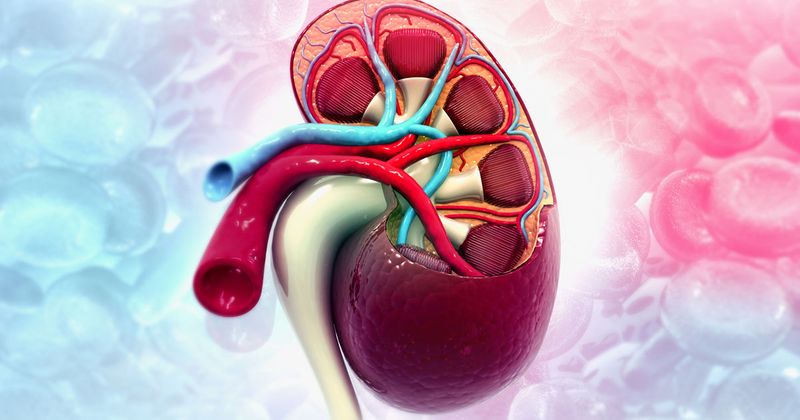Reduced kidney function does not appear to impact metabolic rate
A study of patients with chronic kidney disease showed no direct relationship between lower eGFR levels and metabolic rate, leading researchers to suggest other factors may play a bigger role in differences in energy metabolism.
These factors include age, body composition and physical activity.

“The primary function of the kidneys is to remove the waste products of metabolism, yet little is known about metabolic rate in patients with chronic kidney disease (CKD),” Enric Vilar, PhD, of the renal unit at Lister Hospital in Stevenage, the United Kingdom, and colleagues wrote. “Advanced CKD is associated with low muscle mass and malnutrition, often coupled with inflammation. It is unclear though whether CKD itself alters metabolic rate or whether changes in body composition relate to age and associated comorbidities.”
Contending that “understanding the mechanisms of the metabolic changes that occur in CKD may facilitate better nutritional advice and support,” Vilar and colleagues conducted a prospective, observational study of 80 patients with varying stages of CKD. Researchers focused on whether reduced GFR was associated with alterations to total energy expenditure (TEE) and resting energy expenditure (REE), as well as to whether physical activity can predict TEE.
“To isolate the effects of kidney failure from associated conditions that might influence metabolic rate, we excluded patients with conditions causing active inflammation,” the researchers noted of the study population. “In addition, the prevalence of significant comorbidities in our cohort was very low.”
Vilar and colleagues observed no correlation between eGFR and TEE, REE, or weight-adjusted TEE or REE.
“We have used the gold-standard doubly labeled water technique in patients with CKD, for the first time providing a measurement of TEE in free-living patients,” they wrote. “Our findings suggest that any reductions in metabolic rate that may appear in the later stages of CKD are likely to be related to differences in age and body composition rather than being driven by reduced GFR itself. Differences in physical activity may also play a role.”
Vilar and colleagues recommend these findings be considered when assessing the nutritional requirements of patients with advanced CKD.

